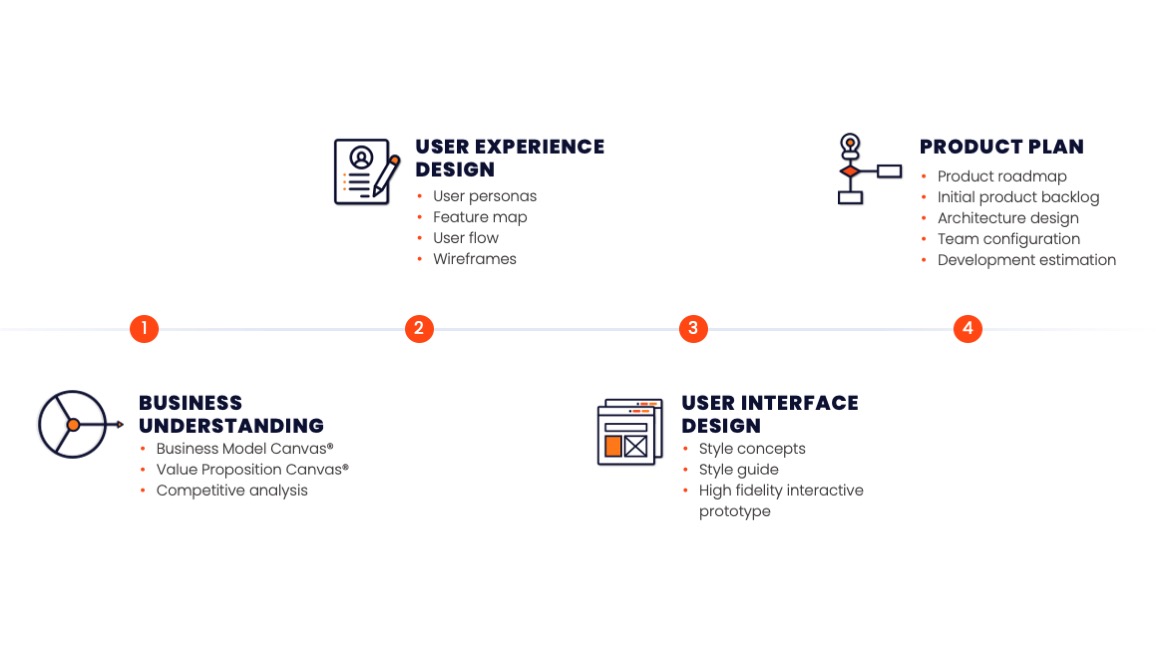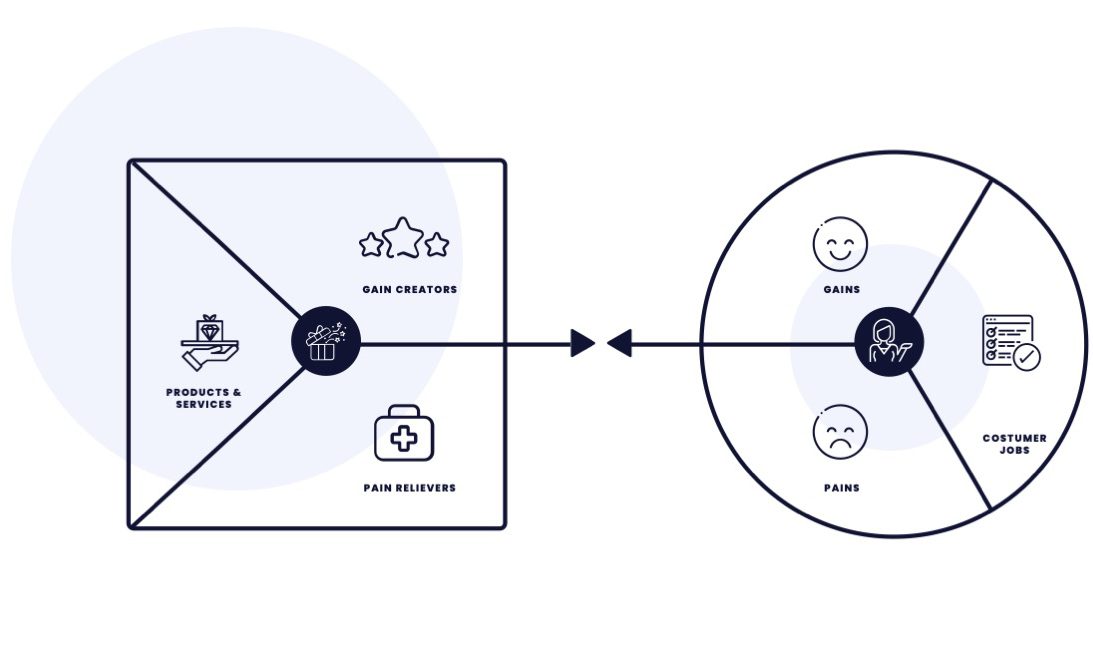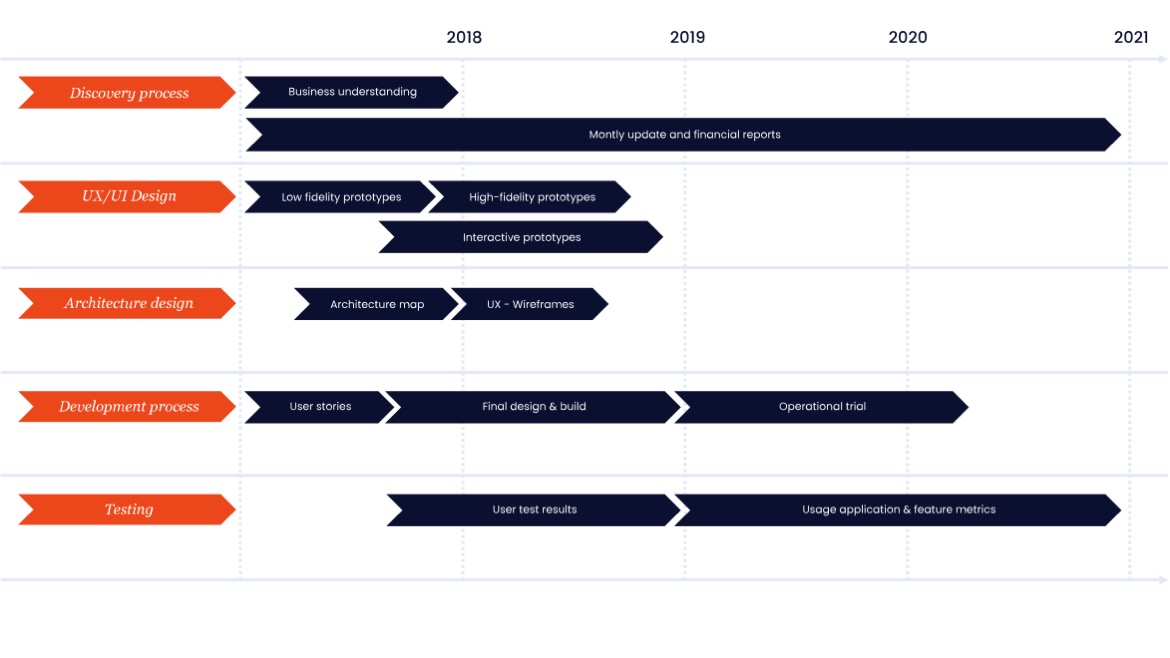Bringing your MVP to life – How to run a technical discovery phase and why it is important to the success of your MVP

Digital product development and software design has lots moving parts, and in the very early stages of your startup there are many more questions than answers on how to best start building your product.
When you are developing a new digital product, it can be tempting to immediately start writing code so we can get to market quickly. Why waste time planning, isn’t that old fashioned? Well, the answer is no, and the key is to avoid planning too far ahead that you end up building a product without validating your assumptions. Instead, we believe in agile product planning.
The ultimate goal of our technical discovery phase is to reduce uncertainty surrounding the development of your product by conducting an agile product design and planning phase.
Why you need to invest in a discovery phase?
First of all, we want to be clear that there is not a single way to carry out a technical discovery. As with agile and Scrum, every company out there has its own flavor to adopt these set of best practices, however, the ultimate goal remains the same: bringing to market a successful MVP.
Our technical discovery process is not intended to replace your customer and insights research phase, most likely already covered if you followed a Google-like Design Sprint. Our technical discovery phase comes just right after, when you should already have a clear and somewhat “validated” vision of a product that we are set out to build with our team.
At Celerik, we are huge fans of agile, but that doesn’t mean we don’t like to follow a systematic approach to product design and building.
How to conduct a technical discovery?
Running a Design Sprint is great to come up with a pre-MVP prototype that has allowed you and your team gather user and market insights. Now that you have a rough idea of what you want to build, it’s time to put your heads together and plan for its build.
Our typical technical discovery phase is made up of 4 stages:

Stage 1 – Business understanding:
Our goal here is to set the stage. We carry out key business context activities that help uncover business and users’ motivations. We use Business Model Canvas®, Value Proposition Canvas® and a competitive analysis, as a preliminary common ground for our team to start collaborating and sharing your same business jargon.

Stage 2 – User experience design
Your products should always usable, enjoyable, and accessible for humans. During this phase we bridge the gap between the user, the development team, and key business stakeholders. User personas and features are uncovered, and wireframes are sketched to graphically capture the result of this stage.

Stage 4 – Product plan
At this closing stage, your newly created product plan is an agile yet comprehensive representation of your vision and how you plan to prioritize your product offering and its functionalities over time. Deliverables include a product roadmap, architecture design, schedule, budget and team required to bring to life your digital product.

What’s next? Have we finished yet?
Now the fun part begins! You and your team are ready to start building your product. This is where agile principles and Scrum will come into play. Don’t forget that your product is a living piece, and the needs of today may not be the same as those of tomorrow.
At the end of the day, your MVP is made for learning and iterating, but one thing is sure at the end of this process: you have a clear plan for the next couple of months.
If you’d like to learn more and see how Celerik can help you build your MVP without breaking the bank, drop us a line!